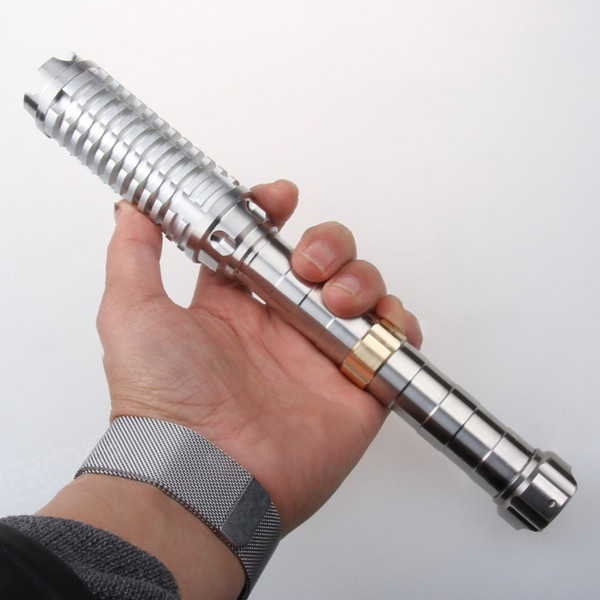Since the 1960s, people have been studying laser weapons for more than 50 years. Although the research results or experimental performance are often impressive, it is always difficult to make major breakthroughs, and people often want to use them for actual combat. Shattered. Just a few years ago, Kendall, the deputy secretary of defense and procurement for the United States Department of Defense, said that laser pointer weapon technology “is a technology that always succeeds within five years.”
Why do laser weapons continue to move forward, but the on-the-spot performance “has no applause”, it is difficult to meet the actual combat requirements? I am afraid that the following two reasons are indispensable.
One is the limitation of laser weapon technology. First of all, although chemical, solid and fiber laser weapons are currently at a relatively high level of development, on the whole, their volume and weight are still relatively large, with a high degree of danger and high energy demand, which affects the mobility and safety of laser weapons. The effective integration of the platform allows it to be deployed on a large platform such as a ship, but it is somewhat “powerless” to be placed on a smaller platform such as a fighter. Secondly, the output power of laser weapons is difficult to reach a weapon-level standard of at least 100 kilowatts. For example, the output power of the US “shipboard regional defense laser weapon system” is about 30 kilowatts, and the output power of the US “Army Tactical Laser Weapon System” is only 10 kilowatts. The killing power is obviously weak. Third, the precision of laser beam tracking and control is not high, which makes it unstable when irradiating the target, and it takes a long time to continue irradiating and damaging the target. It is difficult to achieve “aiming and destroying”. Basically, it can only attack low-altitude, short-range, low-speed moving targets such as drones and rockets, but it cannot effectively attack high-speed moving targets such as manned fighters and missiles. Requirements. Fourth, laser weapons’ cooling and heat dissipation and power supply problems are prominent, resulting in complicated structures and increased weights. At the same time, the laser emission frequency is not high, the continuous attack ability is not strong, and the signal characteristics are too obvious, which seriously damages their own viability. .
The other is the birth defects of laser weapons. The laser kills the target by hitting the target directly and continuing to reach a certain energy. It is absorbed, scattered, and disturbed by rain, snow, sand, smog, clouds, airflow, humidity, fireworks, thermal halos, etc., and the transmission loss is relatively large. High, and many materials have strong reflection of the laser. As a result, the laser weapon lacks the ability to indirectly strike the target. When it cannot attack the bunker or the target after occlusion and attacks the target beyond the line of sight from the ground, it is difficult to penetrate heavy armor, cement walls, and sand bunkers. At the same time, the green laser pointer weapon’s adaptability to the battlefield environment is not strong, and its scope and area are limited-the effect is greatly reduced in the hilly, mountainous, vegetated areas or the narrow urban environment with tall buildings.
At present, there are many ways to resist laser weapons, such as rotating targets such as shells and missiles during flight, casting aerosols, smoke, and water mist around targets such as aircrafts, and coating special reflective coatings and thermal insulation on the target surface or Special reflective design on the target surface, etc. This can effectively destroy the focus and lock of the laser weapon on the target, reduce its killing distance and effectiveness, increase its output power requirements, and limit its application range, deployment methods and mission diversity.
